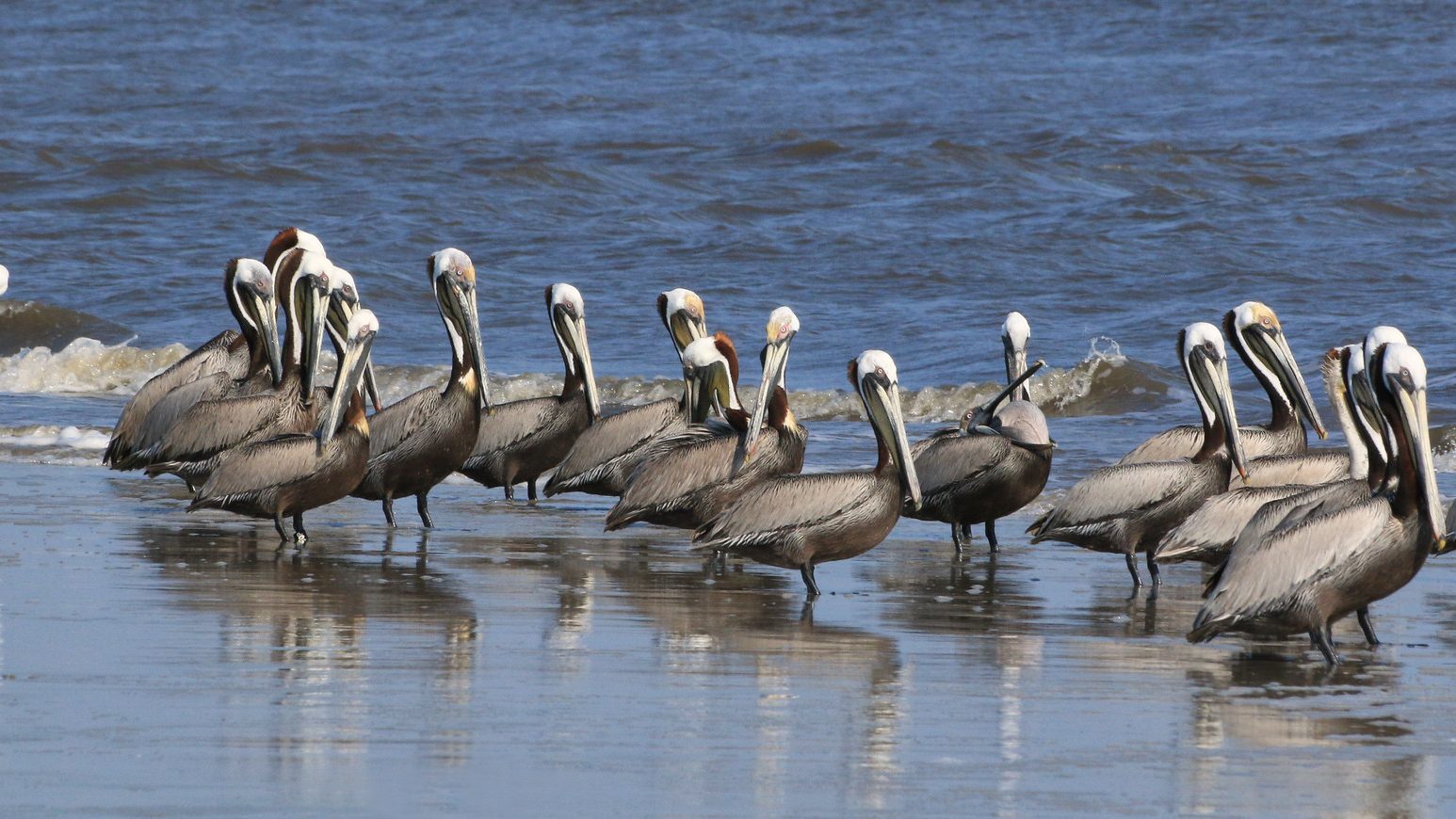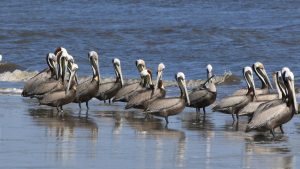Apr. 20, 11am ET: SE CASC Science Seminar on Habitat Conservation Strategies for the Brown Pelican

This spring, the SE CASC is hosting a virtual science seminar series highlighting SE CASC funded projects that support resource management actions across the Southeast. Each month a SE CASC researcher will provide an overview of their work and the management implications of their research findings.
Strategic Habitat Conservation for the Brown Pelican: Estimating Habitat Objectives and Management Scenario Efficiencies
Dr. James Cronin, USGS Wetland and Aquatic Research Center
April 20 | 11AM ET
View a recording of the seminar.

Webinar Overview:
Gulf restoration programs increasingly fund coastal habitat managers to implement a variety of restoration actions to meet species’ needs and recover from injuries. There is uncertainty about the ability of these management actions to achieve population objectives because species are often stressed by factors that interact and differentially influence their abundances and distributions across large scales. This makes it difficult for managers to establish habitat objectives and translate them into the actions necessary to meet population objectives. To address this problem, we developed fifteen USFWS Biological Planning Units (BPU) for the Northern Gulf of Mexico. Ten of these BPUs have established population objectives (breeding pairs) for Brown Pelican (Pelecanus occidentalis), which form breeding colonies on coastal and barrier islands. We developed a Bayesian network model and a geospatial habitat characteristic dataset to predict the number of Brown Pelican nests on each of 31,577 islands within target BPUs. We used the model’s results and population objectives to estimate nest demand per target BPU. Finally, we estimated how much habitat is needed in each BPU to achieve its population objective (i.e., habitat objective) and the amount of effort needed to achieve the habitat objective (i.e., management efficiency). We will discuss how managers can use these products as decision-aiding tools for identifying which islands could be targeted and what actions could be taken to achieve Brown Pelican population objectives. Learn more about Biological Objectives for the Gulf Coast project.
Learn more about the speaker:
 James Patrick Cronin is a Research Ecologist at the USGS Wetland and Aquatic Research Center in Lafayette, Louisiana. His projects generally focus on developing causal models that can inform ecological theory and aid natural resource managers and planners. Specific areas of research include trophic interactions, infectious diseases, functional traits, and coastal landscape conservation and restoration, with a focus on threatened, endangered, and at risk species. For links to his research, see his Google scholar profile or research gate profile.
James Patrick Cronin is a Research Ecologist at the USGS Wetland and Aquatic Research Center in Lafayette, Louisiana. His projects generally focus on developing causal models that can inform ecological theory and aid natural resource managers and planners. Specific areas of research include trophic interactions, infectious diseases, functional traits, and coastal landscape conservation and restoration, with a focus on threatened, endangered, and at risk species. For links to his research, see his Google scholar profile or research gate profile.
- Categories:
